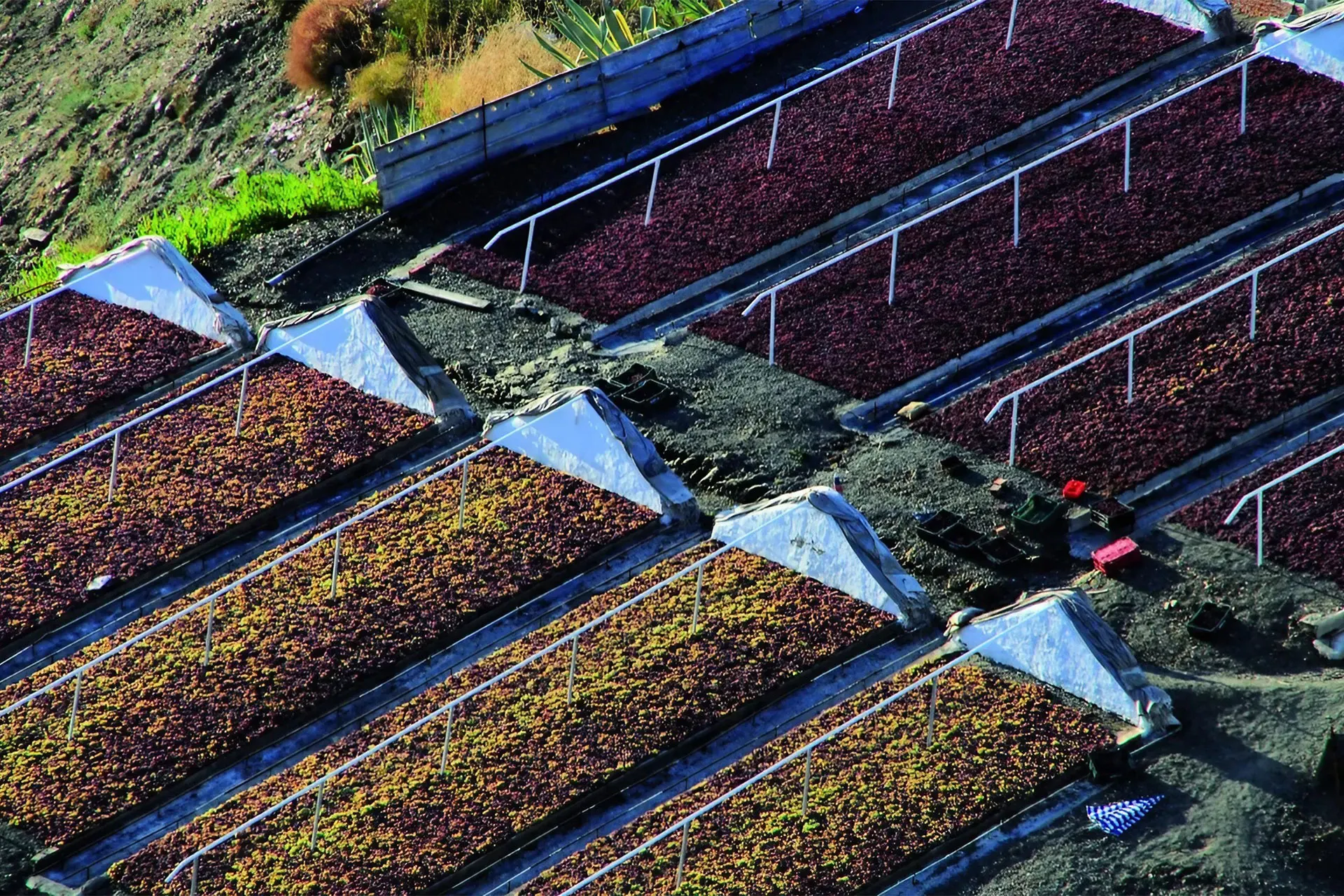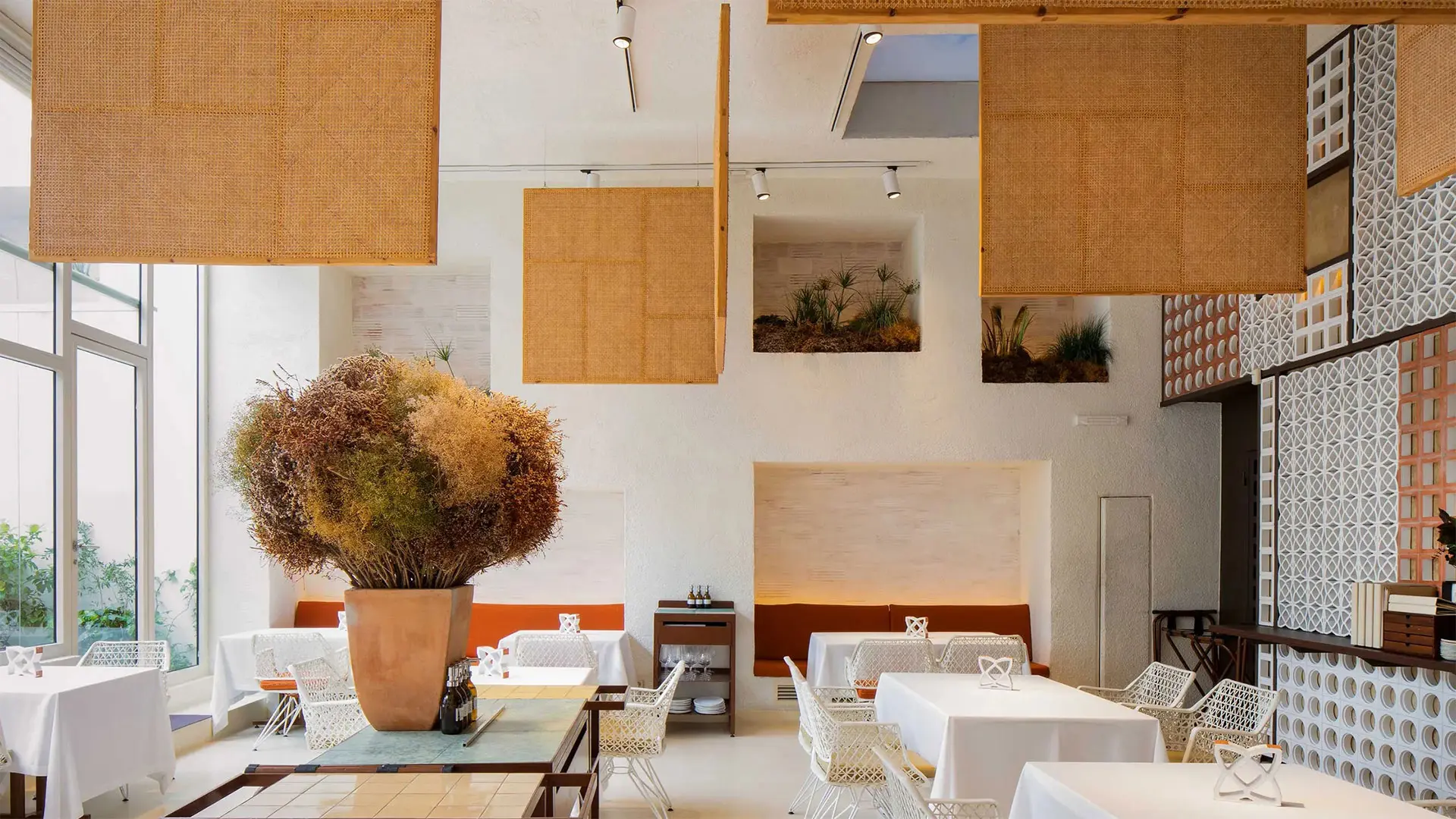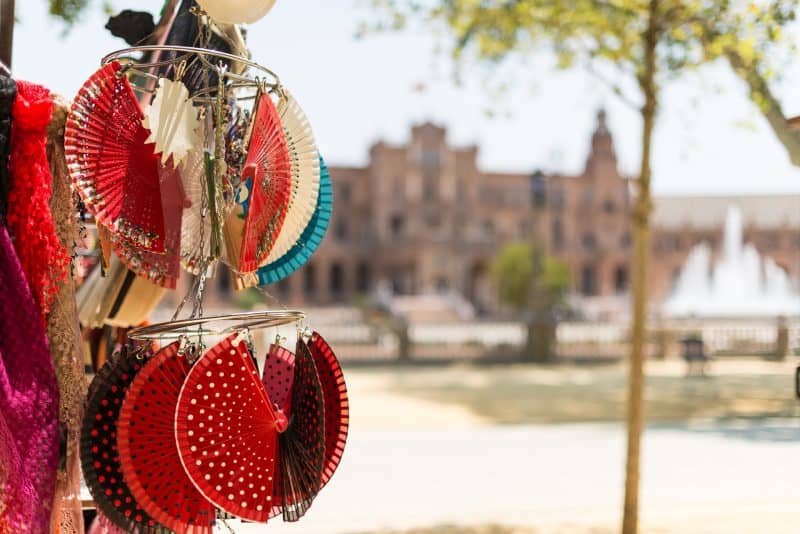
If you’re a returning guest to the south of Spain, chances are you’ll already have marvelled at its main sites and are looking for slightly more unusual things to do in Andalucia on your next visit.
We’ve carved up the region into its 8 provinces and provided you with novel ideas for activities in each. From cave dwellings in Granada to the “Strangest town in Spain”, we’re bound to have something to capture your imagination. Read on to feel inspired…
Unusual things to do in Málaga
Visit the Caves of Nerja
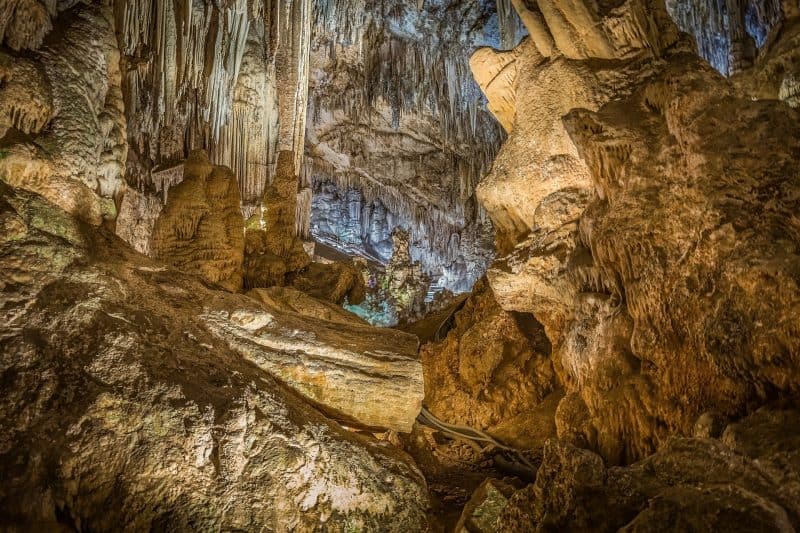
An hour’s drive East along the coast from Malaga city leads you to the beautiful beachside town of Nerja.
It’s known for its crystal clear waters and secluded coves, but the town has more to offer than pretty beaches. If you fancy doing something different in Nerja, then head for its caves.
Situated a five-minute drive beyond the town are some of the most beautiful underground caverns in Spain. This labyrinth of subterranean tunnels and chambers covers a distance of over 5km and can be accessed via three entrances at ground level.
The caves are divided into three sections- the show gallery, upper gallery and new gallery- each containing within them a number of separate halls.
One of these – Hall of the Cataclysm – is home to the world’s largest stalagmite, measuring over 32 metres in length.
The caves are open 7 days a week and offer a range of entrance options, from nocturnal visits to fully guided tours. For ticket prices and opening hours, check out the Caves of Nerja website.
Walk the Caminito del Rey
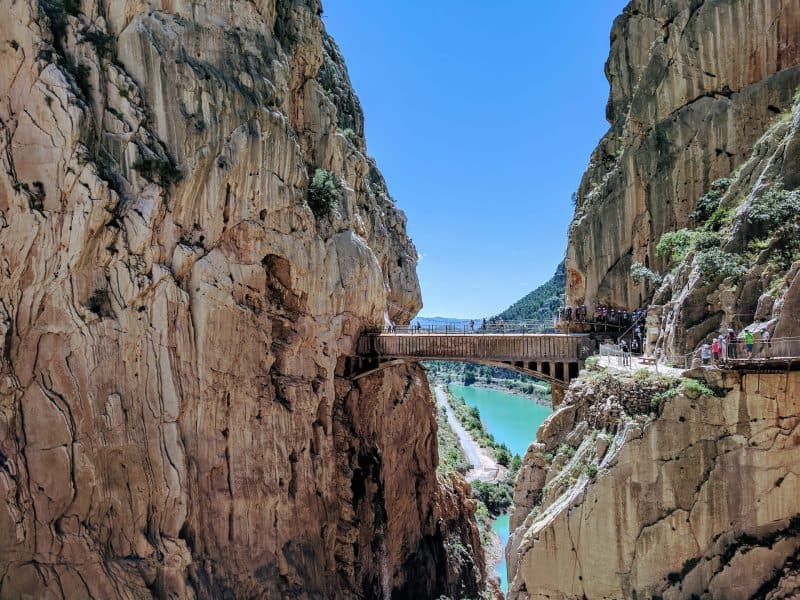
If you’re after unusual things to do in the Malaga province, then the Caminito del Rey should be top of your list.
The Caminito del Rey is one of the most famous walks in Spain: 8km of narrow trails gripping the side of a cliff face suspended 100 metres above ground level.
Having previously fallen into a state of disrepair, 2015 saw a newly restored Caminito del Rey – or King’s Pathway- reopened to the public.
Walking the Caminito del Rey is not for the faint-hearted, and the plunging views are sure to strike dread into the heart of vertigo sufferers. But, for those brave enough, tackling the walk makes for an unforgettable experience.
The Caminito is set in miles of luscious parkland, with emerald green lakes and pine forests surrounding it, and provides a beautiful backdrop for some unforgettable photo opportunities.
You can get tickets for the Caminito del Rey on the official website, but be sure to book in advance as they tend to sell out quickly.
Go to El Torcal National Park
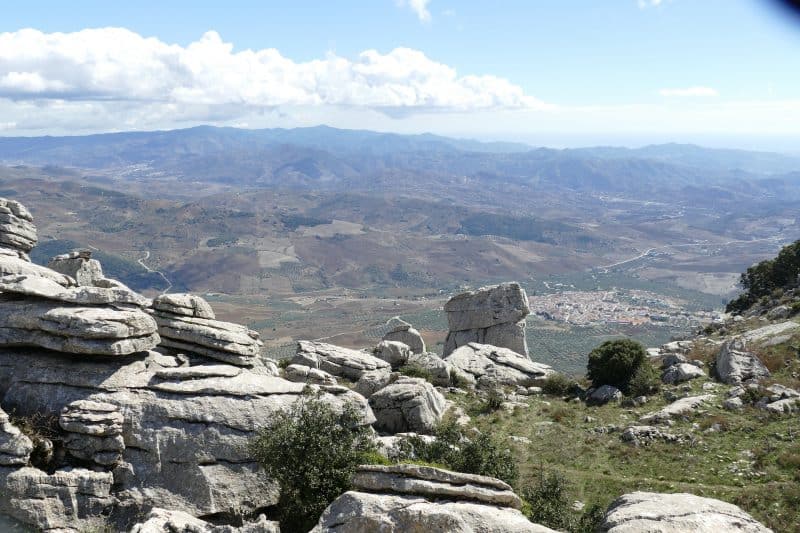
One of the best things to do in Malaga is to visit its national parklands. And they don’t get more beautiful, or more unusual, than El Torcal.
Situated a half hour drive outside Antequera, the looming, jagged mountain ranges of El Torcal are truly something to behold. El Torcal dates back to prehistoric times when the mountain and all that surrounded it was at the bottom of the Tetis sea.
Over thousands of years, ruptures in tectonic plates gradually forced the seabed upwards to form the mountains and boulder-strewn wilds that can be seen today.
The park is littered with curiously shaped rock formations, so precariously balanced that they seem to have been arranged by a giant, unseen hand.
The unusual forms of these rocks can be attributed to millions of years of wind and water damage gradually winnowing them down to their current state.
The park is home to a myriad of flora and fauna, including orchids, golden eagles and wildcats.
There are a variety of walking trails throughout El Torcal National park, colour coded in terms of difficulty, and a visitors’ centre, museum and restaurant.
The park is open 7 days a week and can be accessed by car, or via a courtesy bus that runs regularly from the car park at the foot of the mountain.
Unusual Things to do in Granada
See the views from Abadia del Sacromonte
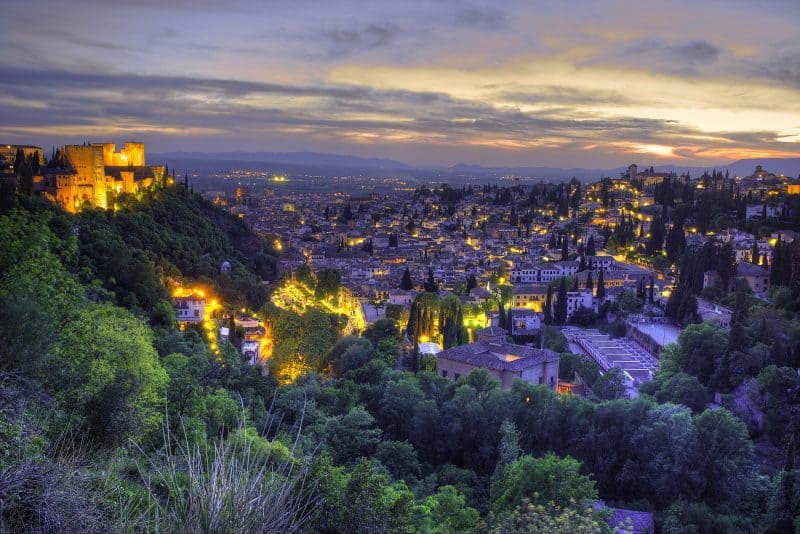
Google “things to do in Granada” and chances are “visit the Alhambra” will be top of the list. But, if you’ve already been, can’t get tickets, or fancy escaping the crowds, there are alternative spots in the city to soak up the incredible views.
A bracing climb up the Valparaiso hill, opposite the Alhambra palace, will lead you to this secluded, 17th-century abbey. On the way, you’ll pass through the beautiful neighbourhood of Sacromonte, famous for its cave dwellings and gypsy flamenco.
For those who don’t fancy the hike, the abbey can also be accessed by the C2 bus from the city centre.
From the abbey’s mirador – or viewing platform- you will be treated to incredible views of the Sacramento Valley and the Darro river below. It’s also a perfect spot to appreciate the Alhambra palace in all its resplendent glory.
The abbey is open every day except Monday from 11.00-13.00 and reopens again in the afternoon from 16.00-18.00. You can only enter the abbey as part of a guided tour, which lasts 45 minutes and for the moment is only available in Spanish. Find out more information here.
Learn about life in a cave house
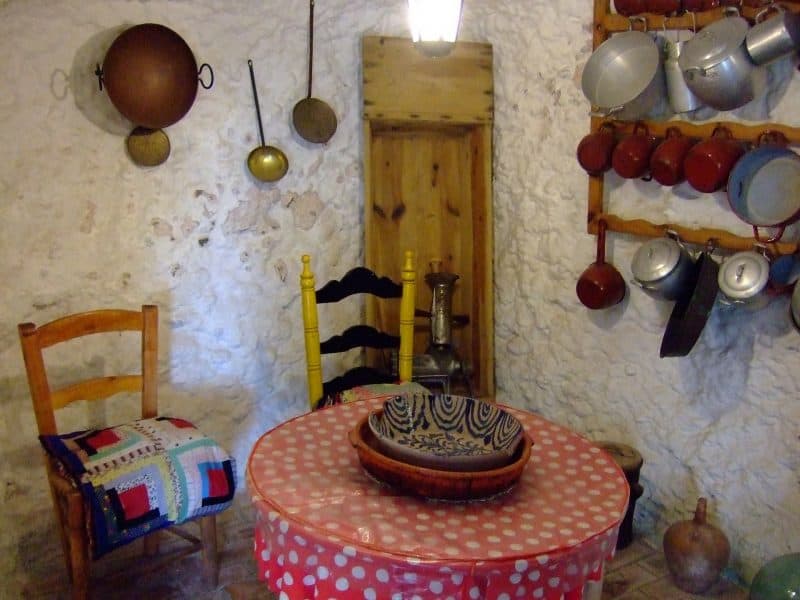
The city of Granada is known for its cave houses. These curious dwellings are tucked away in the hills of Sacromonte, a predominately gypsy neighbourhood considered to be one of the birthplaces of flamenco.
If you’re looking for unusual things to do in Granada, perhaps you fancy checking out what life was like as a cave resident over 100 years ago.
The cave museum in Sacromonte provides access to 9 perfectly preserved caves, kitted out with original furniture and tools from the period, to give visitors an authentic glimpse into the realities of cave-dwelling.
The museum is open daily, with guided tours in English. It’s a steep walk to get there, so be prepared to sweat on a hot day! Or, catch the C1 or C2 bus from outside the cathedral to save yourself the exertion.
If you fancy teaming your cave experience with a touch of live flamenco, be sure to visit El Templo, a flamenco club with a difference.
El Templo de Flamenco is located in the charming neighbourhood of Albaicin. Its nightly shows are held in the intimate surrounding of a cave and feature some of Granada’s finest musicians and dancers.
Check out the hot water springs in Alhama
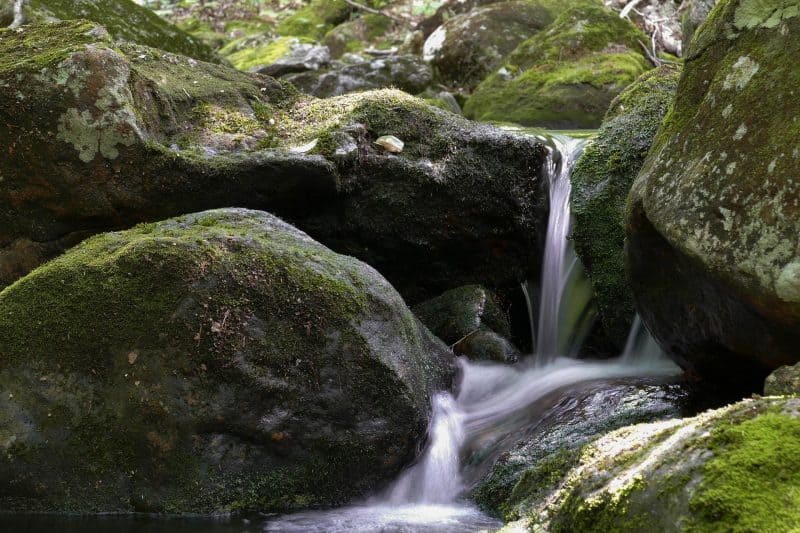
There are fabulous natural springs scattered throughout Spain, some of which can be found in the small town of Alhama.
Alhama, in Granada province, has three freshwater springs, which the public can access free of charge. Even on a chilly day, these springs are worth a visit: the water maintains a balmy temperature of 42 degrees making it perfect for a warming dip during the winter months
If you’re not up for au naturel, you can always pop in for a circuit at the Balneario Alhama spa nearby, which contains original Roman baths and offers massages and mud wrap treatments.
The natural springs are located just a short walk from two Neolithic burial sites, Cueva del Agua and Cueva de la Mujer, which can be found a half hour stroll away through the verdant national parkland of Sierra de Tejeda.
Unusual things to do in Cádiz
Go to Carnival
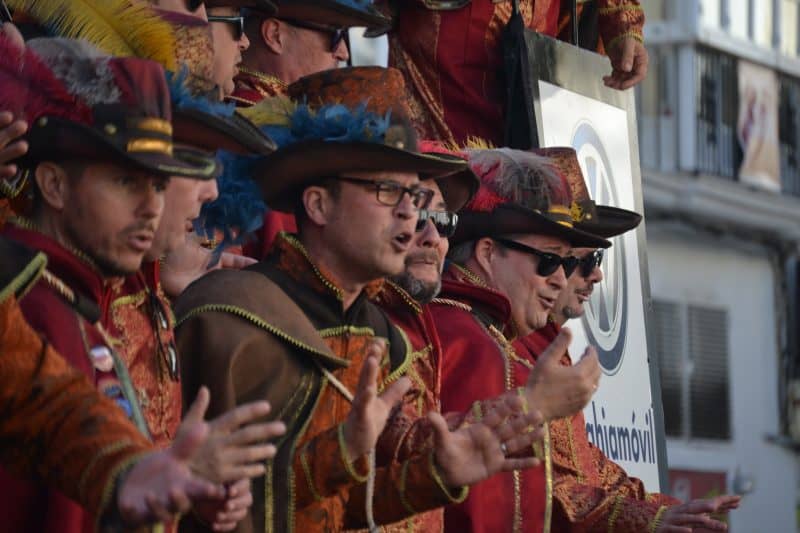
Undoubtedly one of the best things to do in Cádiz is attend its annual carnival.
Held over a weekend in February each year, the carnival is famous for its raucous street parties, buzzing atmosphere and amusing entertainment.
This is delivered courtesy of choral groups known as coros, whose comical songs satirize Spanish politicians and celebrities, usually with a few graphic hand gestures thrown in to match.
Cádiz carnival is the oldest of its kind in the country, dating back to the 16th century when Spain enjoyed a prosperous trading agreement with Venice and was inspired to replicate the city’s own annual carnival on home turf.
The people of Cádiz are nationally renowned for their quick humour, and the carnival reflects their fun-loving sense of irreverence. Fancy dress is considered almost mandatory at Cádiz carnival, especially on the first Saturday of the celebrations.
Cádiz carnival is well worth a visit if you fancy immersing yourself in some boisterous Andalusian culture and partying with the locals. Keep an eye out for 2020 dates on the Cádiz town hall website.
Climb a sand dune in Bolonia
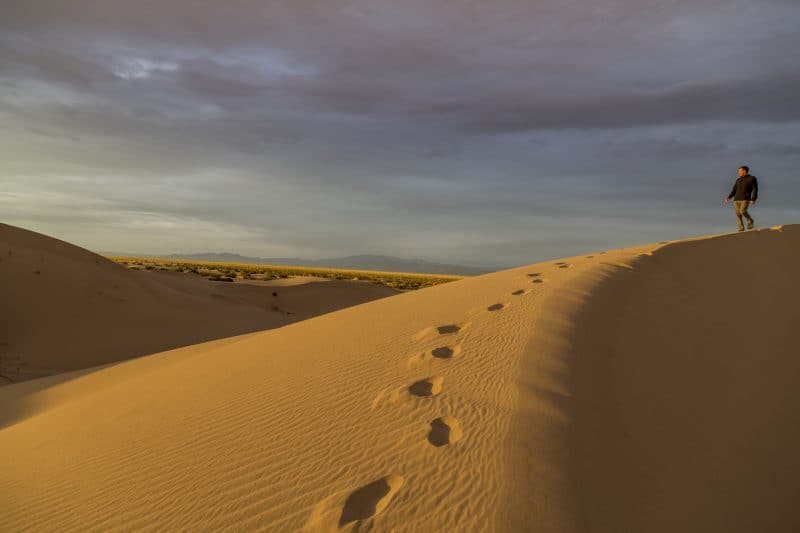
The region of Cádiz is replete with beautiful beaches, one of the most stunning of which has to be Playa Bolonia. Situated at the bottom of a quiet country road, opposite the ruins of an ancient Roman city, this sweeping bay is famed for its soft white sand and turquoise waters.
The west end of Bolonia beach is home to a sprawling sand dune, spanning almost 200 metres in width, and standing at over 30 metres high.
Considered one of the largest dunes in Europe, the Duña de Bolonia was recently declared an Andalucian National Monument.
Due to the prevailing Easterly wind, the sand dune is always on the move, constantly creeping inland as it is buffeted by the strong breezes.
Climb up to the top of the Duña de Bolonia and you will be rewarded with fantastic views of the sands beneath, and even a chance to glimpse the coastline of Africa on a clear day.
If you’re feeling particularly energetic, reward your strenuous ascent to the summit of the dune by rolling or sprinting on your way down!
Unusual things to do in Huelva
Visit the “strangest town in Spain”
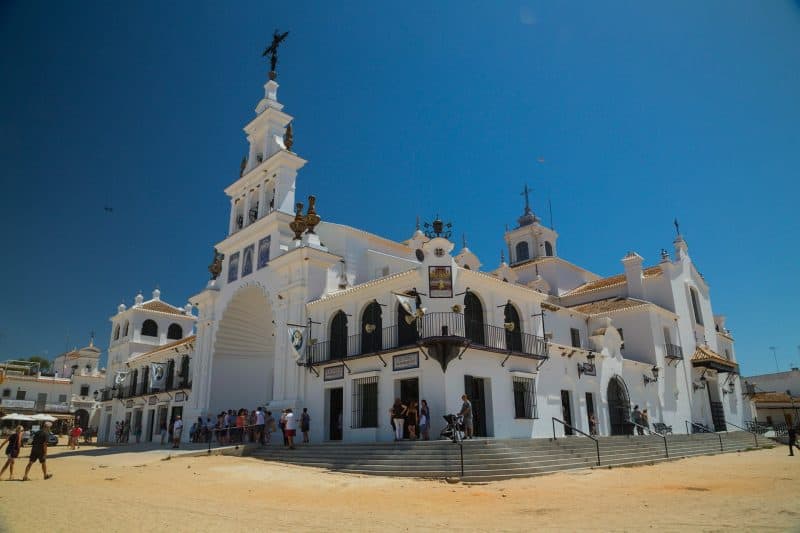
If you find yourself if Huelva province and are looking for something different to do, head along to the town of El Rocío for a truly novel experience.
This small town, situated less than an hour’s drive from the city of Huelva, is often referred to as the “strangest town in Spain”.
It gives the appearance of being frozen in time – with its unpaved, dusty streets and lack of traffic – and provides visitors with a glimpse into life in the past.
The high street resembles a backdrop from a Spaghetti Western, and many bars come complete with their own hitching posts, where you can tether your trusty steed before heading in for a beer.
It’s also home to a stunning church, Nuestra Señora del Rocío, which boasts a magnificent altar of carved gold.
El Rocio is also the final destination for the famous Andalusian pilgrimage of the same name, which takes place every year in late spring.
The object of the pilgrimage is the 13th-century statue of the Virgen del Rocío – or Virgin of the Dew- which resides in the town church.
Thousands of horses and pilgrims wind up in El Rocío during the final weeks of May, so be prepared for crowds if you visit during this time.
Explore the marshes
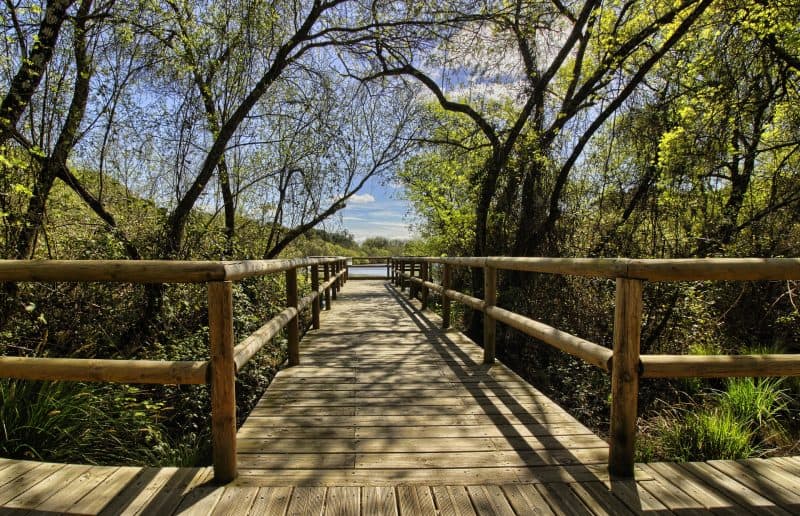
Huelva is famous for its stunning natural park, Doñana, a significant portion of which is covered with marshlands and salt flats. These come with their own remarkable ecosystem of wildlife, including eagles, flamingos, wild horses and even the elusive Iberian Lynx.
If you’re looking for things to do in Huelva, exploring these marshlands provides an excellent day out.
There are chartered boat tours of the lakes and lagoons surrounding the plains, or nature trails through the parkland itself, providing you with an opportunity to get up close and personal with a flamingo or two.
To find out more about walking tours, pay a visit to the Huelva Tourism Board website.
Unusual things to do in Almería
Visit a Western Film set
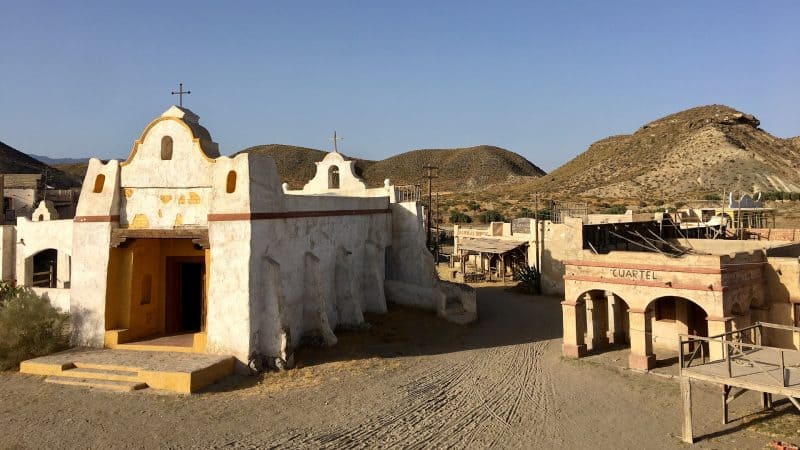
Almería supplied the backdrop for a variety of famous Western films, among them Clint Eastwood classics such as a Fistfull of Dollars and The Good, the Bad and the Ugly.
The dusty desert-scapes and rugged mountain ranges provided a perfect alternative to the desiccated planes of Arizona, and filming costs proved significantly cheaper than in the US.
If you’re after fun things to do in Almería, why not check out Fort Bravo, a working set featured in a range of Western films and, more recently, television advertisements.
The set has been impeccably preserved and includes an authentic western saloon, jail, shops, bank and stables. A perfect backdrop from some seriously kitsch photo opportunities.
Dine in a cave restaurant
If you’re after unusual dining options in Almería, look no further than cave restaurant La Gruta.
Situated a short drive outside Almería city, this quirky restaurant derives its name from the Spanish word for grotto. Tables laid with crisp white table cloths are arranged around the cave, and ambient, low-level lighting creates the perfect atmosphere for a romantic dinner for two.
La Gruta is open for lunch and dinner every day and boasts a menu of tasty traditional dishes and a comprehensive wine list, supplied from its very own wine cellar.
To see the menu and make reservations, visit La Gruta website.
Unusual things to do in Córdoba
Visit the patios festival
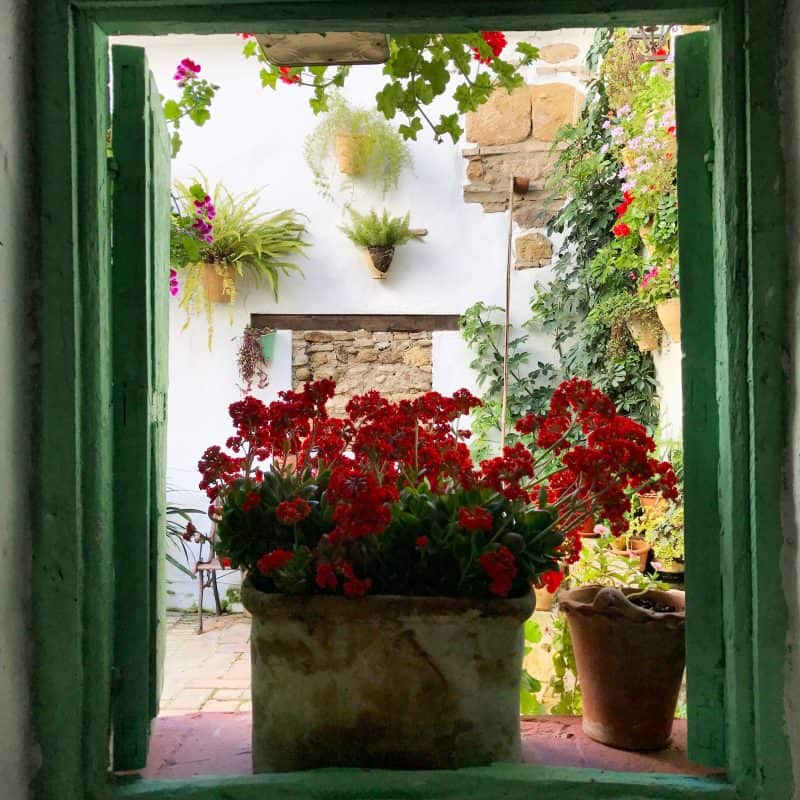
If you’re planning on visiting Córdoba, try to catch the city’s famous Patios Festival- held in May each year.
Due to the dry, arid climate of Córdoba and its sizzling summer temperatures, the city’s townhouses were traditionally designed around a shaded interior patio. Residents would fill these with plants and flowers to ensure the building maintained a cool temperature.
Every springtime, the doors to these secret havens are flung open, as residents go head to head to win the title of “most beautiful balcony in Córdoba”.
During this time, the public is invited to these 50 something mini-gardens and judge for themselves. Visitors can purchase a map of the patios competing in the festival and stroll them at their leisure (just don’t go during nap time 2-6, or you’ll find them closed).
Entrance is free, but there are collection boxes left at the door should you decide to make a donation. Keep an eye on the 2019 dates on the Córdoba 24 website.
Visit an ancient palace city
The famous mosque in Córdoba city centre is not all the region has to offer in terms of incredible historic architecture.
When under Moorish influence in 1010 AD, the region of Andalucia went by the name of Al Andalus. During this time, all administrative duties were conducted from within its capital city, Medina Azahara.
This once sumptuous palace city was first constructed in 936, under the orders of the first Caliph of Al-Andalus, Abderraman III. Legend has it that the city was built as a gift to his favourite wife, Al Zahra, who was rumoured to be homesick for her native Syria.
In 1010 the city was burned to the ground down during a brutal civil war, which subsequently saw the Caliphate divided into kingdoms.
Today, the remains of Medina Azahara, which received UNESCO world heritage status in 2018, can be found 8 km outside the city of Córdoba.
Visitors can stroll between the well-preserved arches and pillars of the original palace, visit the remains of a mosque and learn more of the city’s fascinating history in the on-site museum.
The site is open every day apart from Monday, from 9 am to 6.30pm (closing at 3.30 pm on Sundays).
Unusual things to do in Seville
See the city from a different angle
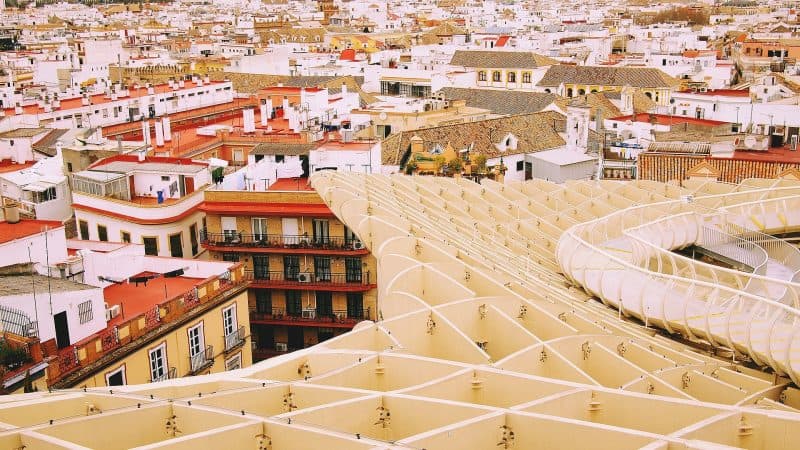
Some guide books would have you believe the only way to see Seville is from the top of the Giralda tower. But if you’ve been there, done that, there are equally spectacular views on offer from different vantage points in the city.
For example, a little over three euro will grant you access to Seville’s most controversial work of architecture, El Metrosol Parasol.
Nicknamed by locals as las setas – or the mushrooms- due to its unusual shape, this quirkily designed modern structure stretches above the expansive Plaza de Encarnacion in the centre of Seville.
It boasts a 360 viewing platform at the top, providing views of the entire city, from the cathedral tower to the Guadalquivir river.
There’s even a tapas bar at the top, with a free drink included in your ticket price, so you can sip on a refreshment while you marvel at the skyline before you. A perfect spot to watch the sunset over the rooftops.
Check out the Semana Santa bar
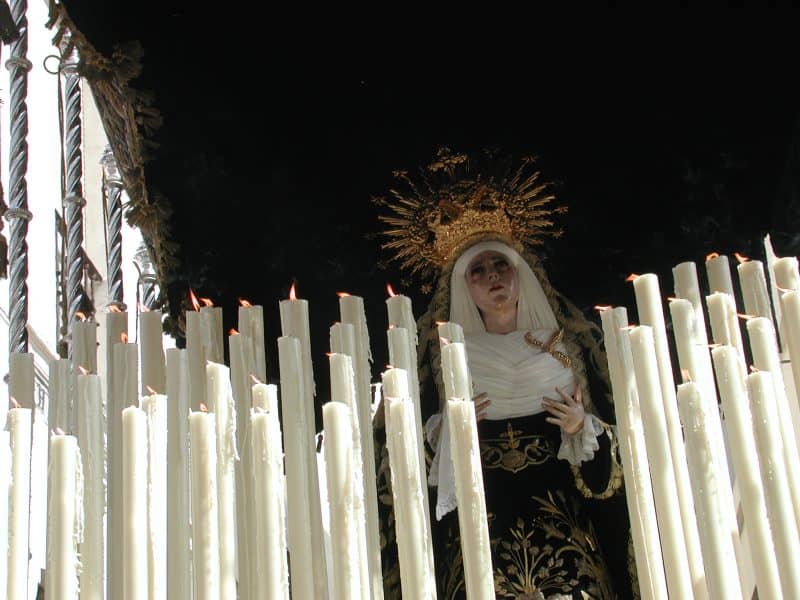
One of the most important events in the Seville calendar is its revered Holy Week – or semana santa– which takes place each year at Easter time.
The most iconic aspect of this religious festival are the magnificent processions – known as pasos – which draw crowds of thousands to observe them.
Elaborate floats adorned with perfumed flowers are borne by devoted teams of costaleros, members of brotherhoods belonging to the various churches of Seville.
These volunteers support the weight of the float from underneath, packed in together like sardines in the stuffy darkness beneath. They are forced to navigate their route blindly and are required to take routine breaks to prevent heat exhaustion.
Although it may not sound like much fun, the act is considered a great honour in Sevillian society.
But one week a year is not enough for some Semana Santa devotees. To satisfy any in between cravings, a bar has been created in the festival’s honour.
Tucked away in the streets behind Santa Cruz, Seville’s Jewish neighbourhood, El Garlochi bar is a homage to all things Semana Santa.
A kitsch treasure trove of velvet walls, burning incense, and weeping virgins, this tiny bar allows patrons to soak up the atmosphere of Semana Santa all year round.
Pop along and get a taster if you’ve yet to experience the magic of this religious festival yourself. Don’t worry, there’s more on offer in terms of refreshment that communion wine!
To find out more about Semana Santa and how it is celebrated in Spain, check our Beginner’s Guide to Semana Santa.
Unusual things to do in Jaén
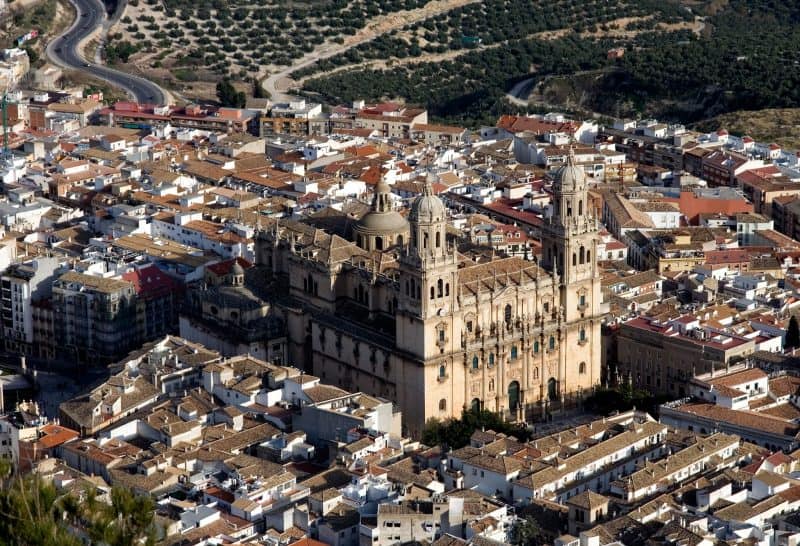
Sleep in a castle
If you like your accommodation with a touch of luxury, how does sleeping in a castle grab you?
The Hotel Parador – perched on a hilltop overlooking the city of Jaen and boasting panoramic views from the windows of its bedrooms- is located within the restored walls of a 13th-century Arab fortress.
As if that weren’t enough, the castle also boasts its own medieval banquet hall, complete with suits of armour, where you can dine out on typical Andalusian dishes, such as pipiranna and cod in Mozarabe sauce.
To find out more about room rates and availability, visit The Hotel Parador website.
Indulge in some olive tourism

The province of Jaen is responsible for producing half of Spain’s olive oil each year, so you can’t visit the region without getting involved in some “oleo turismo” – or olive oil tourism.
Take a tour of a working Spanish olive farm for an opportunity to delve into the olive groves themselves and find out more about the cultivation and production of the fruit, before sampling some of the delicious oil itself in the surroundings of an old mill.
If you’re interested in taking a tour of this type, get in touch with us at TOMA & COE. We’ll organise a bespoke excursion for you, which will leave you clued up on all aspects of this important Spanish agricultural practice.



